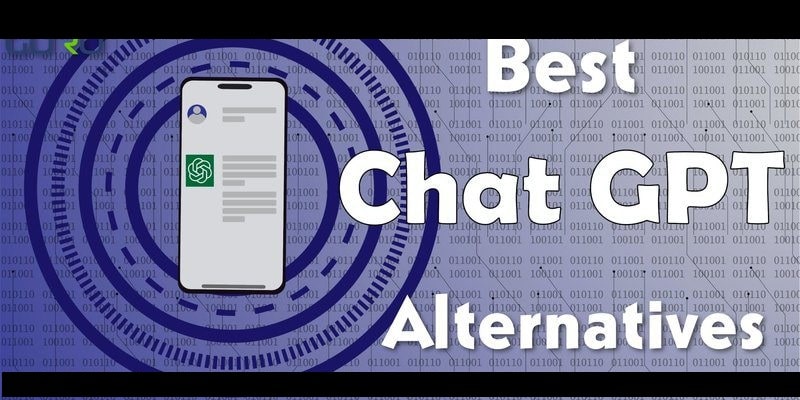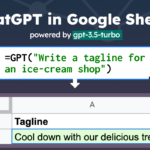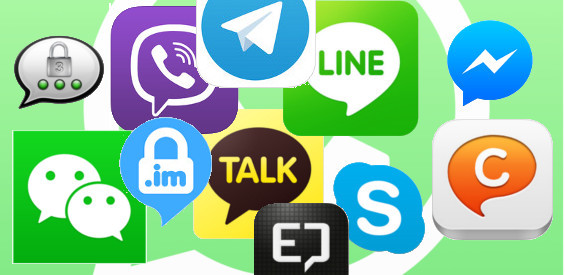There are several alternatives to ChatGPT that are developed by different organizations and research groups, including GPT-2, BERT, DialoGPT, Meena, and many others. These models have different architectures, capabilities, and applications, and can be used for a wide range of natural language processing tasks such as language generation, language understanding, question answering, sentiment analysis, and more.
Also Read: How to Integrate ChatGpt with Whatsapp and How to Make Money on ChatGPT
List of Chat GPT Alternatives in 2023
There are several alternatives to ChatGPT, some popular ones are:
- Dialogflow: A conversational AI platform developed by Google that enables users to design, build, and improve chatbots and voice assistants.
- Microsoft Bot Framework: A collection of tools and services that developers can use to build chatbots and virtual assistants.
- IBM Watson Assistant: A conversational AI platform that allows developers to build chatbots and virtual assistants.
- Amazon Lex: A service provided by Amazon Web Services (AWS) that allows developers to build chatbots and virtual assistants for a variety of applications.
- Rasa: An open-source conversational AI framework that allows developers to build chatbots and virtual assistants.
- Botkit: An open-source framework for building chatbots and virtual assistants using Node.js.
- OpenAI GPT-3: A state-of-the-art language model that can be used for a variety of natural language processing tasks, including chatbot development.
- Hugging Face: Offers pre-trained models for conversational AI like transformers and GPT models.
These are just a few examples of the many chatbot and virtual assistant platforms available. The best one for you will depend on your specific needs and requirements.
#1. Dialogflow

Dialogflow is a conversational AI platform developed by Google that allows developers to design, build, and improve chatbots and voice assistants. It is built on Google’s natural language processing technology and can be integrated with a variety of platforms, including Google Assistant, Amazon Alexa, Facebook Messenger, Slack, and more.
Some of the key features of Dialogflow include:
- Natural Language Understanding (NLU): Dialogflow uses Google’s NLU technology to understand the user’s intent and extract relevant information from their input.
- Intent recognition: Dialogflow can recognize a user’s intent based on their input and respond accordingly.
- Machine learning: Dialogflow uses machine learning to improve its understanding of user input over time.
- Rich responses: Dialogflow can generate rich responses, including text, images, and cards, to provide users with a more engaging experience.
- Integrations: Dialogflow can be easily integrated with a variety of platforms, including Google Assistant, Amazon Alexa, Facebook Messenger, Slack, and more.
- Customizable: Dialogflow allows developers to customize and train the chatbot according to their needs using the “Training phrases” feature.
- Language support: Dialogflow supports multiple languages, which allows developers to build chatbots and virtual assistants that can understand and respond to users in different languages.
Overall, Dialogflow is a powerful tool for building chatbots and virtual assistants, thanks to its natural language understanding capabilities, machine learning, and integrations with multiple platforms.
#2. Microsoft Bot Framework
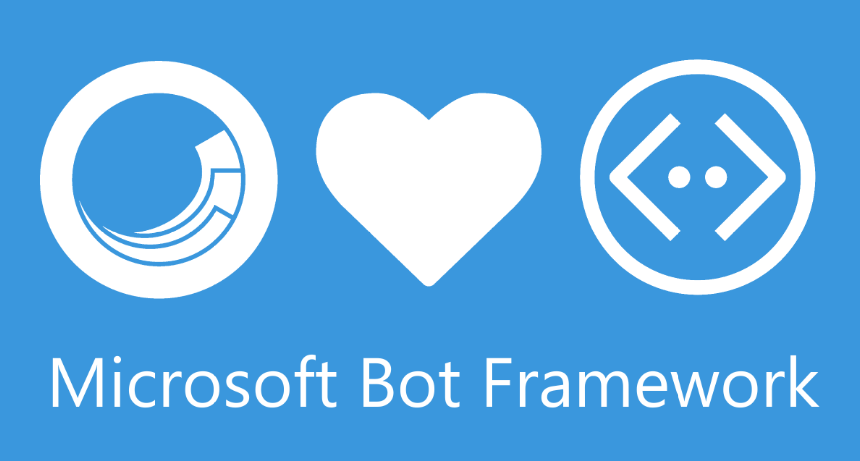
Microsoft Bot Framework is a collection of tools and services that developers can use to build chatbots and virtual assistants. It is designed to work seamlessly with Microsoft’s Azure cloud platform, but it can also be integrated with other platforms.
Some of the key features of Microsoft Bot Framework include:
- Bot Builder SDK: A set of libraries and tools that developers can use to create and test their bots.
- Language understanding: Microsoft Bot Framework includes the Microsoft Language Understanding service, which enables bots to understand natural language input and extract useful information.
- Connectors: Microsoft Bot Framework includes connectors that allow bots to communicate with different platforms, including Skype, Facebook Messenger, Slack, and more.
- Authentication and authorization: Microsoft Bot Framework includes built-in support for Azure Active Directory, which allows developers to authenticate and authorize users.
- Deployment: Microsoft Bot Framework can be deployed to a variety of platforms, including Azure, on-premises, and more.
- Analytics: Microsoft Bot Framework includes built-in analytics, which allows developers to track the performance of their bots and understand how users are interacting with them.
- Language support: Microsoft Bot Framework supports multiple languages, which allows developers to build chatbots and virtual assistants that can understand and respond to users in different languages.
Overall, Microsoft Bot Framework is a comprehensive set of tools for building chatbots and virtual assistants that can be integrated with a variety of platforms. It also provides powerful language understanding capabilities and analytics, making it a solid choice for developers who want to build and deploy bots quickly and easily.
#3. IBM Watson Assistant:
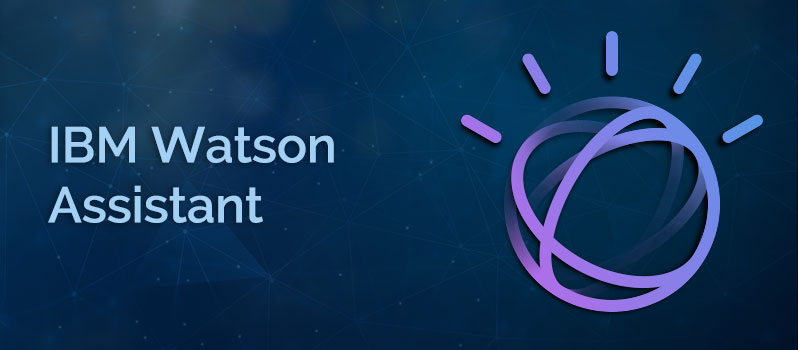
IBM Watson Assistant is a conversational AI platform that allows developers to build chatbots and virtual assistants. It is built on IBM’s Watson technology and can be integrated with a variety of platforms and services.
Some of the key features of IBM Watson Assistant include:
- Natural Language Understanding (NLU): Watson Assistant uses IBM’s NLU technology to understand the user’s intent and extract relevant information from their input.
- Intent recognition: Watson Assistant can recognize a user’s intent based on their input and respond accordingly.
- Machine learning: Watson Assistant uses machine learning to improve its understanding of user input over time and also includes pre-built models.
- Rich responses: Watson Assistant can generate rich responses, including text, images, and cards, to provide users with a more engaging experience.
- Integrations: Watson Assistant can be integrated with a variety of platforms, including web, mobile, and messaging apps, as well as IoT devices.
- Customizable: Watson Assistant allows developers to customize the chatbot according to their needs using the “Dialog” feature.
- Language support: Watson Assistant supports multiple languages, which allows developers to build chatbots and virtual assistants that can understand and respond to users in different languages.
- Multi-channel support: Watson Assistant can be integrated with various channels like voice assistants, chatbots, messaging platforms, and so on.
Overall, IBM Watson Assistant is a powerful tool for building chatbots and virtual assistants, thanks to its natural language understanding capabilities, machine learning, and integrations with multiple platforms. It also provides pre-built models and customization options which makes it a solid choice for developers who want to create chatbot with less development time.
#4. Amazon Lex:

Amazon Lex is a service provided by Amazon Web Services (AWS) that allows developers to build chatbots and virtual assistants for a variety of applications. It uses natural language understanding (NLU) and automatic speech recognition (ASR) to process user input and generate responses.
Some of the key features of Amazon Lex include:
- Natural Language Understanding (NLU): Amazon Lex uses NLU to understand the user’s intent and extract relevant information from their input.
- Automatic Speech Recognition (ASR): Amazon Lex includes support for ASR, which allows developers to build voice-enabled chatbots and virtual assistants.
- Intent recognition: Amazon Lex can recognize a user’s intent based on their input and respond accordingly.
- Customizable: Amazon Lex allows developers to customize the chatbot according to their needs using the “Intents” and “Slot Types” feature.
- Integrations: Amazon Lex can be integrated with a variety of platforms, including AWS Lambda, Amazon Connect, and mobile and web applications.
- Scale: Amazon Lex can automatically scale to handle large number of requests and concurrently connected users.
- Language support: Amazon Lex supports multiple languages, which allows developers to build chatbots and virtual assistants that can understand and respond to users in different languages.
- Security: Amazon Lex provides several security features such as encryption at rest, role-based access control, and so on to secure the chatbot
Overall, Amazon Lex is a powerful tool for building chatbots and virtual assistants, thanks to its natural language understanding and automatic speech recognition capabilities, and integration with multiple platforms. The scalability and security features also makes it a solid choice for developers who want to build highly available and secure chatbot.
#5. Rasa
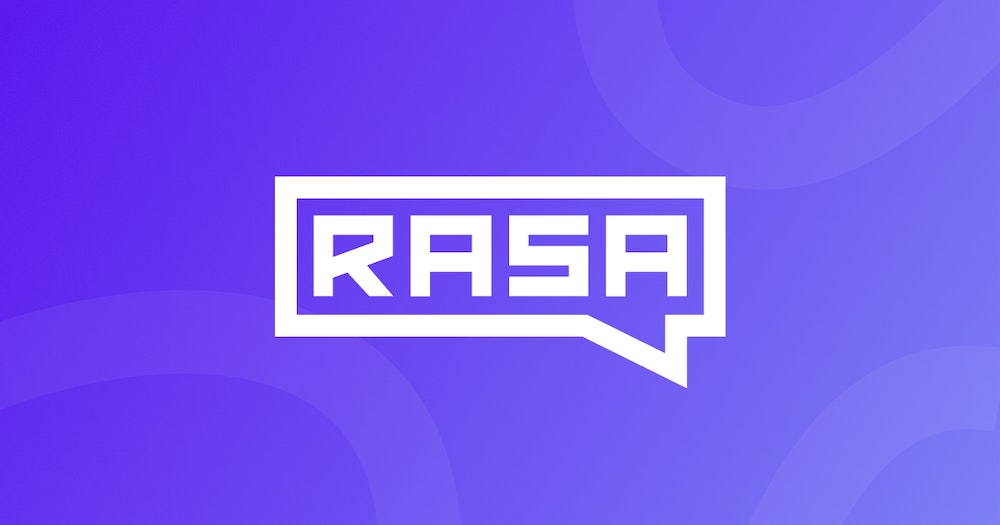
Rasa is an open-source conversational AI framework that allows developers to build chatbots and virtual assistants. It is built on machine learning and natural language understanding (NLU) and allows developers to customize and train the chatbot according to their needs.
Some of the key features of Rasa include:
- Natural Language Understanding (NLU): Rasa uses NLU to understand the user’s intent and extract relevant information from their input.
- Intent recognition: Rasa can recognize a user’s intent based on their input and respond accordingly.
- Machine learning: Rasa uses machine learning to improve its understanding of user input over time.
- Customizable: Rasa allows developers to customize the chatbot according to their needs using the “Actions” and “Stories” feature.
- Integrations: Rasa can be integrated with a variety of platforms, including web, mobile, and messaging apps, as well as IoT devices.
- Language support: Rasa supports multiple languages, which allows developers to build chatbots and virtual assistants that can understand and respond to users in different languages.
- Flexibility: Rasa allows developers to use the framework in a way that fits their use case best, be it through pre-built components or building a custom pipeline.
- Rasa X: It is a tool that allows developers to improve their chatbot with real-time feedback and analytics.
Overall, Rasa is a powerful open-source framework for building chatbots and virtual assistants, thanks to its machine learning and natural language understanding capabilities, and integration with multiple platforms. The flexibility and Rasa X tool makes it a solid choice for developers who want to build highly customized and user-friendly chatbot.
#6. Botkit

Botkit is an open-source framework for building chatbots and virtual assistants using Node.js. It provides a set of tools and libraries that make it easy for developers to create and manage bots for a variety of platforms, such as Slack, Facebook Messenger, and more.
Some of the key features of Botkit include:
- Natural Language Processing (NLP): Botkit includes support for natural language processing, which allows developers to build chatbots that can understand and respond to user input.
- Platform agnostic: Botkit can be used to create chatbots for a variety of platforms, including Slack, Facebook Messenger, and more.
- Customizable: Botkit allows developers to customize the chatbot according to their needs using the “Middleware” feature.
- Integrations: Botkit can be integrated with a variety of services, such as natural language processing engines and databases.
- Scripting: Botkit provides a simple scripting interface, which allows developers to write code to control the behavior of their chatbots.
- Multi-language support: Botkit allows developers to create chatbots that support multiple languages.
- Large Community: Botkit has a large community of developers who contribute to the project and share their knowledge through various channels like documentation, forums and more.
- Open-source: Botkit is open-source, which allows developers to access the source code and make changes to the framework as per their needs.
Overall, Botkit is a flexible and powerful open-source framework for building chatbots and virtual assistants using Node.js. Its platform agnostic approach, customizable feature, integrations support and large community makes it a solid choice for developers who want to build chatbot using Node.js.
#7. OpenAI GPT-3:
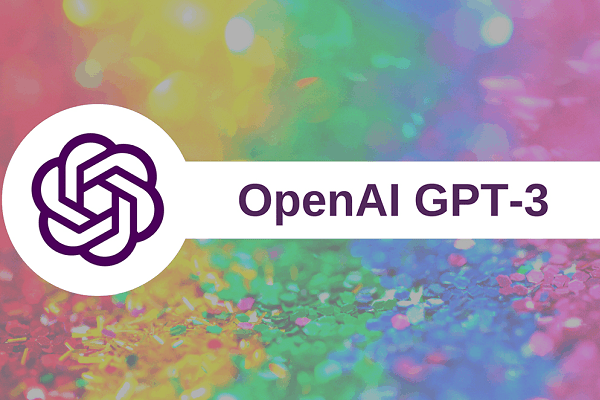
OpenAI GPT-3 (Generative Pre-trained Transformer 3) is a state-of-the-art language model developed by OpenAI. It is trained on a massive amount of data and can be used for a variety of natural language processing tasks, including chatbot development, text generation, question answering, and more.
Some of the key features of OpenAI GPT-3 include:
- Language understanding: GPT-3 is able to understand natural language input and generate human-like responses.
- Pre-trained: GPT-3 has been pre-trained on a large dataset of text, so it can quickly adapt to new tasks.
- Fine-tuning: GPT-3 can be fine-tuned for specific tasks by training it on a smaller dataset.
- Language generation: GPT-3 can generate human-like text, making it suitable for tasks such as text completion and summarization.
- Multitasking: GPT-3 can be used to perform multiple natural language processing tasks.
- Large language support: GPT-3 supports multiple languages, which allows developers to build chatbots and virtual assistants that can understand and respond to users in different languages.
- API Access: OpenAI provides an API access to GPT-3 which allows developers to integrate GPT-3 capabilities in their applications.
- High performance: GPT-3 has been trained on a massive amount of data, which gives it an ability to understand and generate text with high accuracy and fluency.
Overall, OpenAI GPT-3 is a state-of-the-art language model that can be used for a variety of natural language processing tasks, including chatbot development. Its pre-training, fine-tuning, and multitasking capabilities, along with large language support and API access makes it a powerful tool for developers to create high-performance chatbot.
#8. Hugging Face:
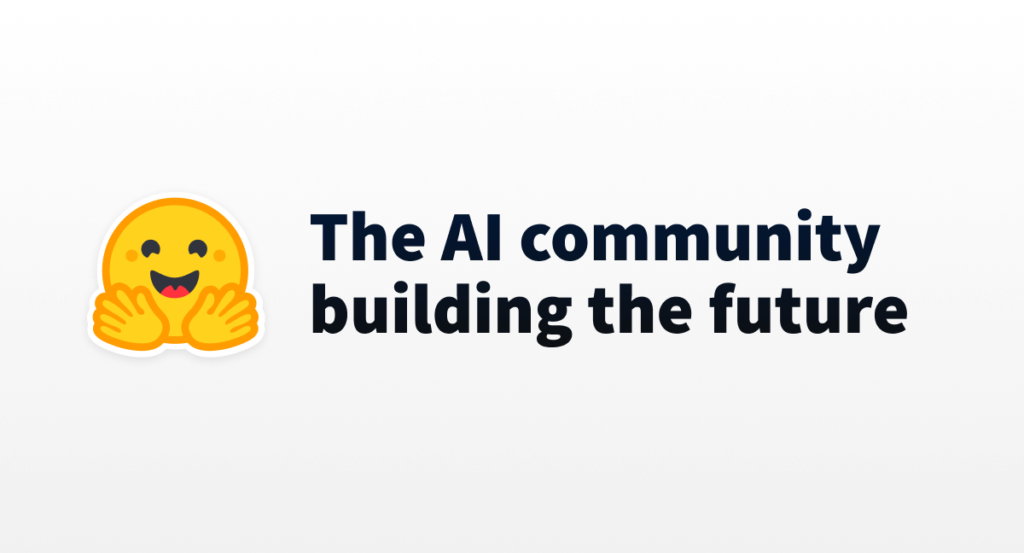
Hugging Face is a company that offers pre-trained models for conversational AI like transformers and GPT models. These models have been trained on large datasets of text and can be fine-tuned for specific tasks, such as chatbot development, text generation, and question answering.
Some of the key features of Hugging Face include:
- Pre-trained models: Hugging Face offers a wide range of pre-trained models, including transformer and GPT models, which can be fine-tuned for specific tasks.
- Fine-tuning: Hugging Face provides fine-tuning capabilities, which allows developers to train the pre-trained models on a smaller dataset to adapt it to specific use cases.
- Language generation: The models offered by Hugging Face can generate human-like text, making it suitable for tasks such as text completion and summarization.
- Multi-language support: The models offered by Hugging Face support multiple languages, which allows developers to build chatbots and virtual assistants that can understand and respond to users in different languages.
- API access: Hugging Face provides an API access to the pre-trained models which allows developers to integrate the models into their applications.
- Large community: Hugging Face has a large community of developers who contribute to the project and share their knowledge through various channels like documentation, forums and more.
- Open-source: The pre-trained models offered by Hugging Face are open-source, which allows developers to access the source code and make changes to the models as per their needs.
- Large number of models: Hugging Face offers a large number of pre-trained models, which allows developers to choose the one that best fits their use case
